How to earn money using the YouTube Partner Program
YouTube is the world’s leading online video sharing and social media platform. YouTube is owned by Google and is the second-most-visited site in the world, boasting more than a billion viewers a month and 400 hours of video uploaded per minute.[1] The platform’s significant traffic has, furthermore, resulted in its emergence as one of the world’s preeminent marketing and advertising platforms.[2]
In 2007, the company implemented the YouTube Partner Program, to encourage video content creators to keep making content and share in the revenue generated from the platform.
This article focuses on ways for South African musicians to use the YouTube Partner Program as a supplementary revenue stream.
YouTube Partner Program (YPP)
The YouTube Partner Program allows creators to monetise their videos on YouTube. For content creators to be eligible for YPP, they need to meet the following requirements:[3]
- Have at least 1 000 subscribers.
- Have at least 4 000 valid public watch time hours over the last 12 months.
- Live in an eligible country (South Africa is eligible. The full list of eligible countries is available here.
- Have a linked AdSense account.
- Meet YouTube monetisation policies and community guidelines (i.e. no spam or scams, sexual content, child exploitation/endangerment, hate speech, harmful or dangerous content, harassment and/or cyberbullying).
Once content creators have met these requirements, they can apply to join the YPP. This is done by logging into YouTube Studio, navigating to the Monetization tab and submitting an application to the YPP. The channel will be reviewed to check if it meets the above requirements (this process typically takes one month or less), and then admitted or declined to the YPP.
Video: This video from the YouTube Creator Academy explains the basics of making money on YouTube.
Earning potential: In-video advertising
There are several ways to earn from creating videos and uploading them to YouTube. However, once accepted into the YPP, revenue from in-video adverts is the easiest way.
Several factors contribute to how much is earned from advert placement:[4]
- Advert type. In-video ads pay more than overlay ads, while overlay ads pay more than side display ads. Creators can select the type of ads they want on their videos once admitted to the YPP.
- Geographic location of the view. Views from stronger economy centres, such as the US and the UK, provide more revenue than views from countries such as South Africa.
- Quantity. More adverts equal more money. Videos that are longer than eight minutes can have multiple videos placed within them.
- View length. Viewers that watch more – or the entirety of – the advert will generate more revenue than those that watch only the mandatory five seconds. Creators can opt to disable the skip advert function, though this will negatively affect the user experience of their YouTube channel.
- Viewer subscription type. Viewers who have subscribed to YouTube Premium generate more revenue than unsubscribed viewers.
- Time of year. When there are a lot of advertisers bidding for placements on YouTube, the price per placement increases due to the rise in demand. This, in turn, increases the revenue generated per placement. These surges are typically linked to the holiday season, or other major sales periods such as Black Friday and Cyber Monday.
All these factors and more result in different amounts reported by YPP content creators. This amount is described as either the RPM or the CPM. RPM stands for revenue per 1 000 video views. CPM stands for cost per 1 000 impressions, which indicates how much advertisers have to pay to display their adverts on YouTube. RPM is the most variable and can be as low as $0.14 or as high as $50 and more. Note that each video uploaded to a channel may have a different RPM value, thus YouTube provides an average RPM figure for every YPP channel.
Content creators get a share of the CPM. Thus, CPM is a useful comparative amount to estimate how much advertisers pay in different countries. CPM for South Africa is about $2.37 (about R35), but this is an average figure and so variance is to be expected.[5] Generally speaking, channels with content and viewers based in South Africa will typically have RPMs less than this CPM value. However, musicians who make genres that appeal to South Africans (such as amapiano, hip hop, kwaito, etc.) may have RPMs closer to this value. At the time of writing, the best estimate for content creators, such as musicians, is about $1 000 (R15 000) per 1 million views.[6]
According to Music In Africa’s Revenue Streams for Music Creators in South Africa 2022 report, the YPP currently brings in an average monthly income of R3 962 for its members.
Earning potential: Memberships and Supers
In addition, YPP offers two other revenue streams:
- Memberships. Memberships allow users to become members of a channel and pay a monthly subscription fee in return for special perks offered by the content creator. YouTube takes 30% of the revenue earned from this method.[7]
- Supers. Super Chats and Super Stickers allow fans to purchase goods on a channel during live streams that have the chat function enabled. The purchased Super Chats and Stickers are highlighted so that they stand out in the chat feed, therefore providing fans with the chance to stand out as supporters of the artist – or the cause they are representing.[8]
For memberships to be worthwhile and successful, creators should provide added value above and beyond what’s already available on their channels. Successful creators are those who provide deeper connections with their members. The list of possibilities is endless, but providing a good reason to join a membership plan, and then staying consistent with your delivery, is key.
Some membership content ideas for artists include:
- Hidden scenes/behind the scenes content.
- Exclusive member merchandise.
- Custom member merchandise.
- Signed CDs/vinyl and/or merchandise.
- Discounted live show tickets and/or booking fees.
- Custom songs.
- Monthly member chat.
Video: An explanation of the Super Chat and Super Stickers revenue stream from the team at YouTube Creators.
Additional tips
The following recommendations can assist with the project of building an engaged audience on YouTube:
- Learn the platform. To be a successful YouTuber, musicians should learn the platform in order to maximise its benefits. YouTube offers a free educational platform called YouTube Creator Academy.
- Consistency. Uploading videos regularly (once a week is suggested) is required to build an engaged audience on YouTube.
- Think beyond music videos. While musicians should definitely have music videos on their channels, they should also upload content that goes beyond music videos. Videos such as behind-the-scenes content, lyric videos, the story behind songs, and other more personally themed videos also work well. If you play an instrument, you could teach people how to play your music (playthroughs), or other artists’ music.
- Capture your viewers’ details. Even though YouTube has notifications, getting your viewers’ email addresses and/or phone numbers to build a mailing list or broadcast list is recommended. With this list, musicians can inform their audience as soon as there is new content available.
- Collaborate. Collaboration helps content creators reach new audiences. Content creators should search for creators with an audience the same size as theirs but in an adjacent – or slightly different – market.
YouTube is a great platform for content creators to share, learn and expand their audience. Musicians can, furthermore, leverage the YouTube Partner Program to not only diversify their income but also to reach new fans from around the world.
Resources and citations
- [1] Alexa. (2022). “The top 500 sites on the web.” Accessed on January 11, 2022: https://www.alexa.com/topsites
- [2] The Life. (2021). “How to Make Money with YouTube in South Africa”. Accessed on January 11, 2022: https://lp.theunlimited.co.za/blog/how-to-make-money-with-youtube-in-south-africa/
- [3] YouTube Creator Academy. “Is your channel ready to earn money?”. YouTube. Accessed on January 11, 2022: https://creatoracademy.youtube.com/page/course/ypp?hl=en
- [4] Ibid.
- [5] The SR Zone. (2021). “Youtube CPM and CPC Rates by Country 2021”. Accessed on January 11, 2022: https://www.tsz.com.np/2021/07/youtube-cpm-and-cpc-rates-by-country.html
- [6] Queen Dineo. (2021). “How Much Does YouTube Pay In South Africa?”. Buzz South Africa. Accessed on January 11, 2022: https://buzzsouthafrica.com/how-much-does-youtube-pay-in-south-africa/
- [7] YouTube. Manage channel memberships. YouTube Help. Accessed on January 11, 2022: https://support.google.com/youtube/answer/7491256?hl=en
- [8] YouTube. Manage Super Chat & Super Stickers. YouTube Help. Accessed on January 11, 2022: https://support.google.com/youtube/answer/7288782?hl=en#zippy=%2Csee-purchased-super-chats-super-stickers
This article is part of the Revenue Streams for African Musicians project, supported by UNESCO’s International Fund for Cultural Diversity in the framework of the UNESCO 2005 Convention on the Protection and Promotion of the Diversity of Cultural Expressions, the Siemens Cents4Sense programme, Siemens Stiftung, Goethe-Institut, the National Arts Council of South Africa and Kaya FM.
Editing by David Cornwell and Kalin Pashaliev















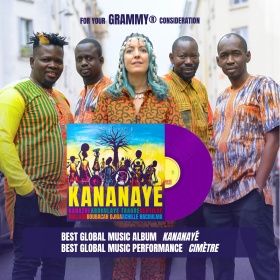
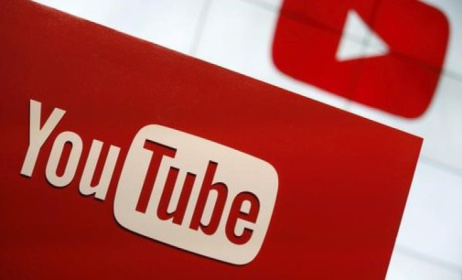


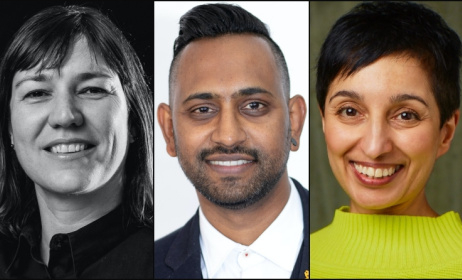

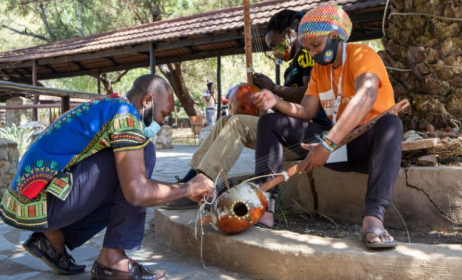

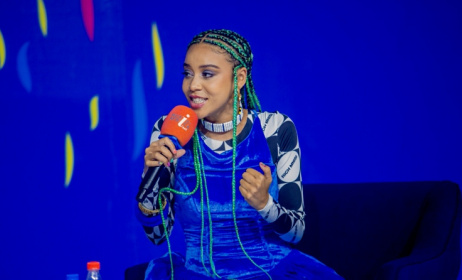
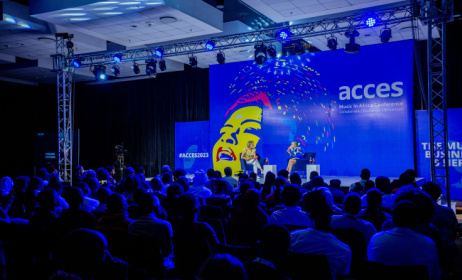
Commentaires
s'identifier or register to post comments